Andrew Rule: The real dead housewives of Melbourne
Dodging divorce settlements is an eerily common theme in cases in which women die violently or vanish. These are the tragic stories of the real dead housewives of Melbourne.

Andrew Rule
Don't miss out on the headlines from Andrew Rule. Followed categories will be added to My News.
The tragic death some years ago of the first wife of a man recently charged with murder rakes up memories of other mysterious deaths and disappearances.
Television has the Real Housewives of Melbourne. Real life has the Real Dead Housewives of Melbourne, plus some from beyond the city limits.
Some cases, such as the shooting of Jennifer Tanner at Bonnie Doon in 1984, are notorious. The farmer’s wife and young mother was found dead on the couch in the family farmhouse, a half-drunk cup of coffee and a biscuit beside her and her hands curled unconvincingly around the muzzle of the .22 rifle that killed her. A pathologist found two bullets to the brain and wounds to her hands.
The first coroner, sitting in a local church hall, made an open finding despite a concerted effort by some police to have the shooting written off as a suicide.
When the case was buried, the deep unease of Jennifer’s family and friends led to a newspaper investigation which prompted the reopening of the case and a second inquest.
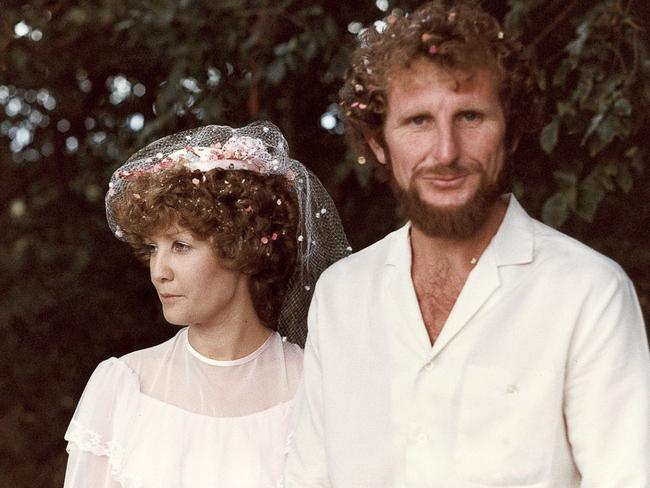
This time a different coroner found that Jenny Tanner had been “shot to death” by her brother-in-law, serving police sergeant Denis Tanner.
The supposed motive, never tested in a jury trial, was that some Tanner family members feared that she was about to leave her husband Laurie and the resulting divorce would mean selling the old family farm.
As a motive for homicide, dodging divorce settlements is an eerily common theme in cases in which wives die violently or vanish.
Take the example of Antje Jones, nee Bartkowiak, shot dead as she slept in her brother’s house in Theodore St, St Albans, around 8.30am on the morning of September 15, 1981.
The circumstances troubled homicide detectives but not their superiors.
It was clear Antje had been shot at close range with a .357 magnum pistol, and nothing had been stolen, yet the CIB head Phil “Fat Harry” Bennett told reporters it looked like “a burglary gone wrong”.
Why he produced that explanation for what looked like an underworld execution can only be guessed at.
One possible reason is that Fat Harry, now dead, had been misled — possibly over a long lunch — by other members of the force, now also dead, who were close to their underworld “sources” in the western suburbs.
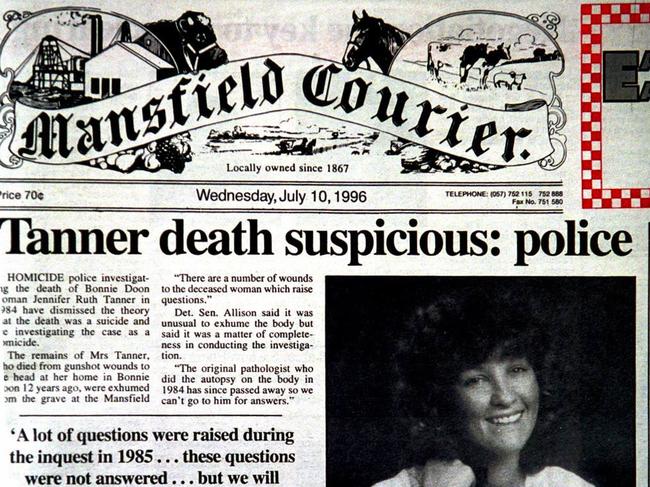
One person still very much alive is former detective Sal Perna, who was the junior on the homicide crew that went to the murder scene and investigated the most obvious person of interest, the dead woman’s estranged husband.
The husband, who’s now a very old man, had split with Antje – mother of their toddler, Christopher – after taking up with a much younger woman who later greatly regretted that decision.
Perna and his colleagues soon established that the husband had an alibi, as he was running a busy service station near Footscray and it seemed highly unlikely he could leave it and drive to St Albans, shoot his wife and return without being noticed.
The detectives thought the murder reeked of a paid hit. But, in the absence of a smoking gun or a strong witness, there was no way to prove it. And that’s where the case sat, the thin file literally gathering dust in the homicide office, for 37 years.
Perna raised it with a crime reporter at a Christmas function in late 2016.
The tip led to the tracing of someone once involved with Antje Jones’ former husband. That person knew certain details that only someone close to the case could know. And that was enough for police to launch the sort of sophisticated investigation that should have happened in 1981 but which ran into official indifference at senior level.
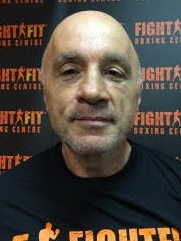
In 2019, a $1m reward was posted and a clear message sent to an old man who had returned to Melbourne to live: come in from the cold before the hit man silences you.
The hit man, incidentally, is well-known and much-feared in the underworld as the deadliest member of a tight-knit gang that has got away with some of the biggest armed robberies – and unsolved murders – in this country’s history.
Police believe the man was paid cash at a meeting in a western suburbs restaurant shortly after Antje was shot.
The only question is whether he did the execution himself or if it was one of his brothers or a rogue member of the boxing or martial arts brotherhood.
Antje Jones, incidentally, had left her husband and taken their little boy to live with her parents in Queensland while she argued for her share of their assets. She had returned to Melbourne for a few days to attend a minor court case over an old car crash when she was killed.
Less than three years later, alert police might have noticed a resemblance between the Antje Jones murder and that of Maryanna Lanciana, the 23-year-old wife of then prominent kickboxing champion Percy “No Mercy” Lanciana.

Maryanna, who had met her future husband when learning martial arts as a schoolgirl, was shot dead in bed in their Werribee home late at night in July, 1984.
At the time, Percy was running his pizza shop in Chapel St, Prahran, and had then worked a midnight shift as a bouncer on the door of a city nightclub before sleeping at his parents’ Footscray home because he was too tired to drive the extra 15 minutes to Werribee.
In a tragic coincidence, in his absence, someone with a pistol entered the house without forcing entry and shot his sleeping wife in the head at point blank range. Their 23-month-old son was asleep in the next room, where Lanciana found him next day.
Despite the granite-faced Lanciana posting a bigger private reward than the $50,000 then offered by the state, his young wife’s murder was never solved.
The police reward was boosted to $1m on the 30th anniversary of the murder, in 2014, partly because police believe the same killer pulled the trigger on murdered underworld figures Demitrios Belias in St Kilda Rd in 1999 and George Germanos in an Armadale park in 2001.
There have been no takers so far.
Vanished wives are nearly always dead but that can be hard to prove to the satisfaction of the law.
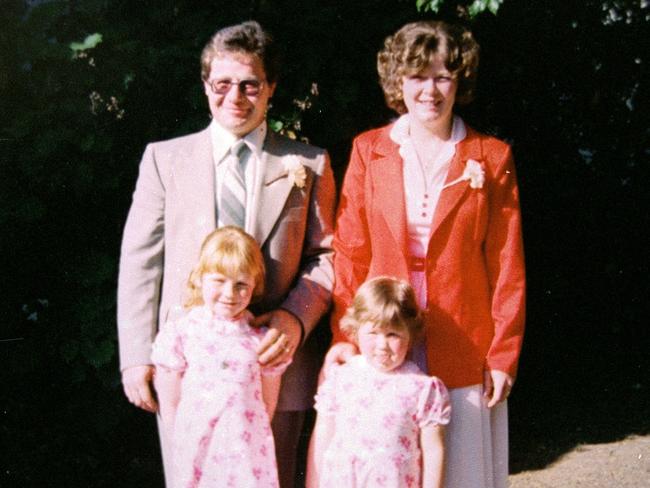
One of those who got away with it — until he didn’t — was friendly carpet layer Fred Boyle. Fred’s wife Edwina, mother of their two daughters, had migrated to Victoria from Wales in 1972.
By 1983 the Boyle marriage was in trouble. The little girls heard their parents arguing — in retrospect, they would realise it was about Fred’s affair with another woman.
One day, according to Fred, he found a note from Edwina stating she had run away with a truckie named Ray. Two days later, his mistress moved into the house.
The girls grew up thinking their mother had run away but Edwina’s sister in Wales never believed it.
She knew that Edwina would not totally cut herself off from friends and family in the UK. The fact she did not get in touch for birthdays and at Christmas proved she was dead.
Meanwhile, life went on. Fred Boyle changed houses a few times but everywhere that Freddy went his favourite green drum was sure to go. This was a heavy “44-gallon” drum he said was full of carpet glue.

But as the girls grew older and brought boyfriends home, faint suspicions grew.
In 2006, one boyfriend eventually opened the green drum and found not glue but a hessian bag and women’s clothing. He later found the bag in a wheelie bin. He opened it and saw bones and a skull.
Fred Boyle was sentenced to 21 years, less time than the 23 years he’d kept his wife’s remains.
It turns out Fred was quite the sentimental bloke. He told police he hadn’t wanted to throw his wife’s remains on a tip like garbage.
Less sentimental and more intelligent was Vik Ramchen, a Russian-born engineer who had made enough money by early middle age to buy a mansion in South Yarra and a country property near Gisborne.
This was the life he presented to much-younger television model known as Jacqui, formerly Wilhelmina Mertens, who had worked on the well-known quiz show Sale Of The Century with Tony Barber.

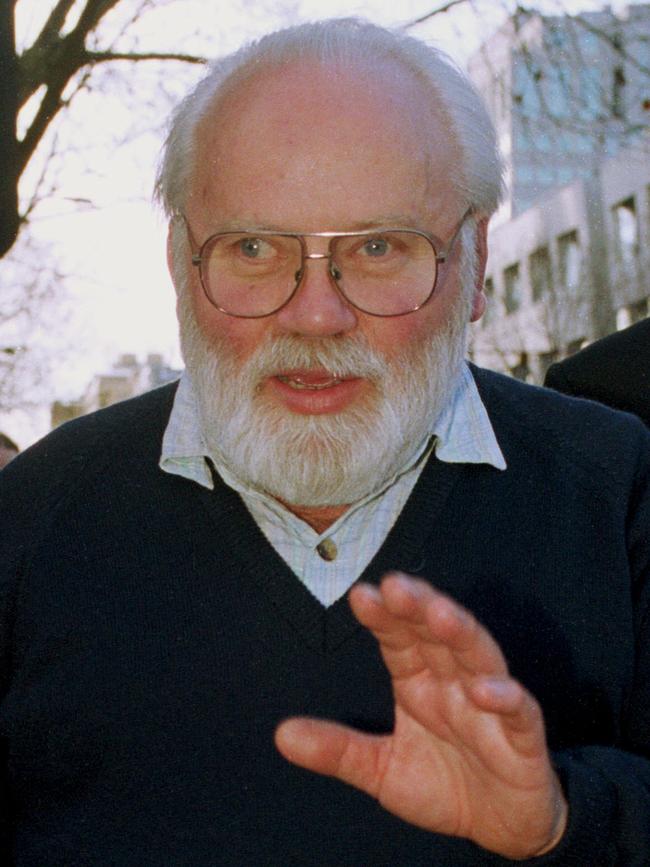
By the time the wealthy Vik was 61 and the glamorous Jacqui was 43 they had two children and a bad case of falling out of love.
Jacqui told her young son she had only a few years left where men would find her attractive.
It was an open secret among family and friends that she had several lovers and this was the root cause of bitter confrontations with her husband.
The last time anyone saw Jacqui was when she dropped the children at Christ Church Grammar barely a block from their house.
Police believed it was foul play, either at Vik Ramchen’s hands or on his orders. Searches of both properties produced no hard evidence and when police went with a circumstantial case at committal 10 years later, after much intriguing evidence, a magistrate discharged Ramchen on the grounds that none of it was conclusive enough to send him to trial.
One problem was that several witnesses knew about Jacqui’s lovers and she had once boasted that she could disappear with one of them if she wanted. That’s a gap that a highly paid defence lawyer could drive a Maserati through.
If Vik Ramchen got away with murder, it didn’t do him much good. He died of cancer a few months later – unlike Essendon chemist Ronald William Crawford, whose wife Anne was found crushed under her car in the driveway of their Strathmore house in 1988.
The death was grudgingly accepted as accidental at first, despite the fact the perfectly manicured and expensively dressed woman, who had never changed a tyre in her life, and was found apparently crushed to death underneath the car.
Crawford was not charged until 2004, when a career criminal told police he had been paid $10,000 to stage Anne’s death to look like an accident.

The prosecution case was that the polyamorous pharmacist had been conducting multiple affairs and allegedly did not want to split his considerable assets with Anne after she confronted him, threatening divorce.
What the jury wasn’t told – but was revealed publicly later – was that Crawford had known the killer for 30 years and had allegedly approached another criminal associate about getting rid of his wife.
The killer was convicted in 2006 but his mate Crawford was acquitted and left court supported by his daughter Ainsley, who had found her mother’s body in a pool of blood when she was three.
It seems the concept of hiring help to get rid of an unwanted spouse is common enough that undercover police sometimes pretend to be hitmen in order to trap keen “clients”.
In one case still quoted in certain circles, when police knocked on the couple’s front door the husband opened it quickly, already looking oddly grief-stricken about bad news he hadn’t actually received yet.
“We’ve got terrible news,” the copper said, poker faced.
“Your wife’s alive and well – and you’re under arrest.”





